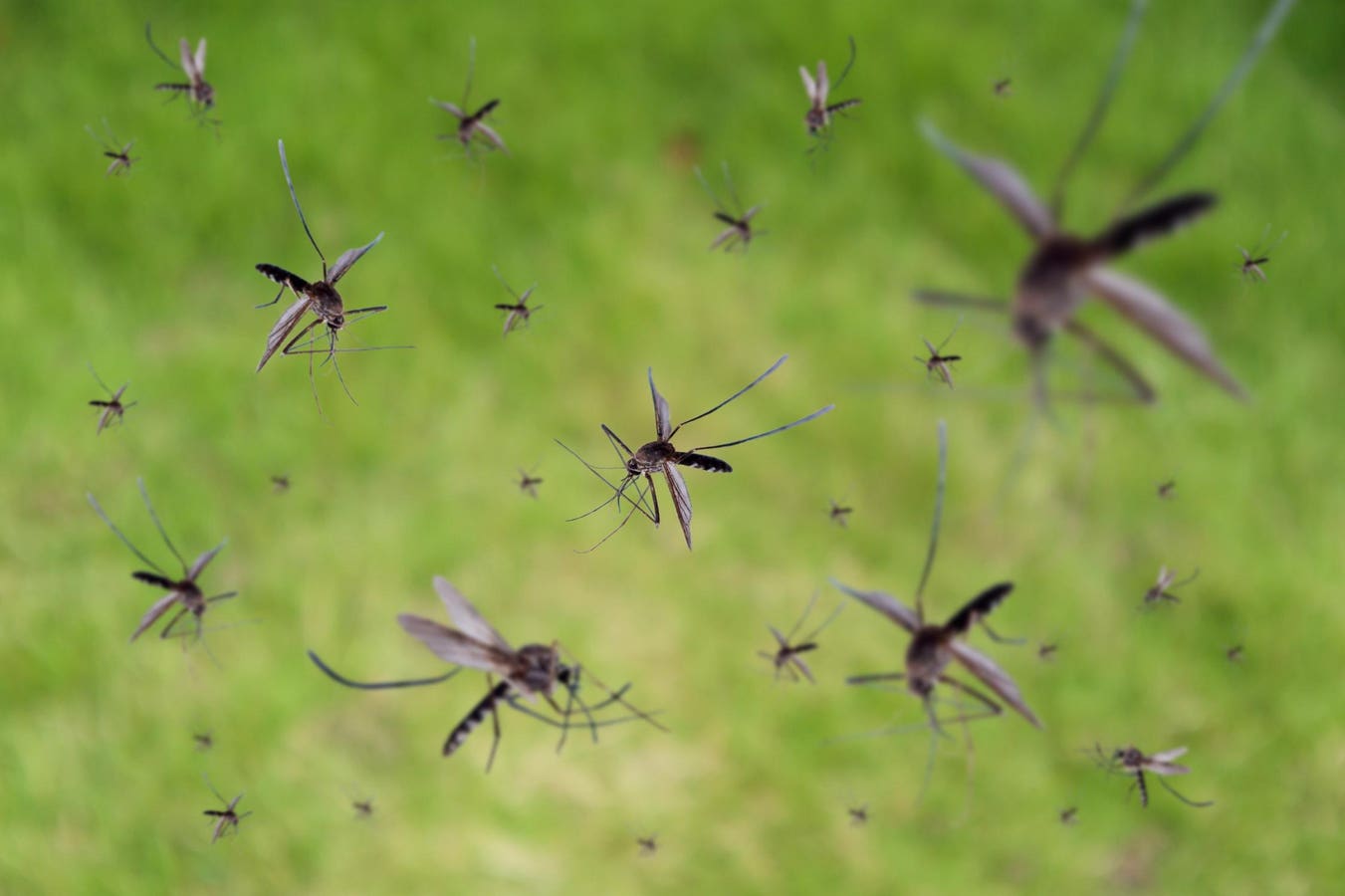Mosquitoes-borne illnesses are on the rise.
As summer temperatures climb across the United States, many are concerned about a surge in mosquito-borne infections that pose a significant threat to public health. Multiple diseases spread through the bite of an infected mosquito are currently circulating, and the U.S. Centers for Disease Control and Prevention is maintaining active alerts and updated guidance to help Americans protect themselves and their families.
West Nile Virus: A Persistent Threat
West Nile virus remains the most reported mosquito-borne illness in the continental United States. The CDC is actively tracking the disease, with 49 reported cases so far in 2025. However, cases typically peak during late summer and early fall, when mosquito populations reach their highest levels. On average, there have been 1,000 to 3,000 cases of WNV per year in the U.S. over the past decade.
West Nile virus is well-established across the United States and is transmitted by Culex species of mosquitoes. Most people infected with WNV experience no symptoms, but about 20% develop fever, headache, body aches, joint pain, vomiting, diarrhea or rash. Approximately 1 in 150 infected people — primarily children and the elderly — develop severe illness affecting the central nervous system, including encephalitis or meningitis, which can be fatal.
Dengue Fever: A Growing Concern
An increasing threat is dengue fever, which has prompted multiple CDC health alerts throughout 2025. In March, the CDC issued a Health Alert Network notice stating that dengue activity remains high in some parts of the United States and globally. This follows an alarming trend in which millions of people have become ill during recent dengue outbreaks in the Americas.
Florida continues to be the epicenter of concern with over 100 cases reported in 2025. Nationally, 2,396 cases have been reported to the CDC. While no area within the United States has officially been declared endemic for dengue, the virus’s establishment in certain regions represents a fundamental shift in America’s disease landscape.
Dengue fever is transmitted by Aedes aegypti and Aedes albopictus mosquitoes, which thrive in warm, humid conditions. The disease typically begins with sudden onset of high fever, severe headache, eye pain, muscle and joint pain and sometimes a rash. Most concerning is that dengue can progress to severe dengue, a medical emergency that can cause bleeding, organ failure and death without proper medical attention.
Eastern Equine Encephalitis: Rare but Deadly
Eastern Equine Encephalitis represents one of the most serious mosquito-borne threats, though cases remain relatively rare. To date, there have been no reported cases in 2025; however, there were 19 cases in 2024, including five deaths. The CDC maintains ongoing surveillance and data collection for EEE, as this virus has a mortality rate of approximately 30% among those who develop encephalitis.
EEE primarily circulates between birds and mosquitoes in freshwater swamps, particularly in the Atlantic and Gulf Coast states. Humans serve as incidental hosts, but when infection occurs, the consequences can be devastating. The virus can cause sudden onset of fever, chills, body aches and, in severe cases, encephalitis leading to seizures, coma and death.
A mother and daughter hike together and applying mosquito repellent.
Prevention: Your Best Defense
The CDC emphasizes that prevention is the most effective strategy against mosquito-borne infections. To help reduce the chances of a mosquito bite, use multiple layers of protection:
Personal Protection: Use Environmental Protection Agency-registered insect repellents containing DEET, picaridin or oil of lemon eucalyptus. The CDC recommends wearing loose-fitting, long-sleeved shirts and pants, especially during dawn and dusk when mosquitoes are most active. Consider wearing clothing and gear treated with permethrin for added protection.
Environmental Control: Eliminate standing water where mosquitoes breed. This includes emptying flowerpots, birdbaths, gutters and any containers that collect rainwater. Ensure proper drainage around your property and maintain screens on windows and doors.
Abandoned plastic bowl in a vase with stagnant water inside. This creates a breeding ground for … More
Indoor Protection: Stay in places with air conditioning and window or door screens. Use bed nets if sleeping outdoors or if screened rooms are unavailable. This is particularly important in areas where dengue transmission is occurring, such as Florida and California.
Travel Precautions: If traveling to areas with known dengue or Zika transmission, take extra precautions by using insect repellent and wearing protective clothing. Pregnant women should consult healthcare providers before traveling to affected areas.
When to Seek Medical Care
If you develop a fever or symptoms such as a rash or body aches after mosquito exposure, it’s important to seek medical care. Early detection and proper medical management can prevent complications and improve outcomes. Testing by serology (i.e., antibody tests) or PCR is available at larger reference labs or public health labs.
As climate change, deforestation and global travel continue to influence disease spread, the rise in mosquito-borne illnesses serves as an important reminder that these infections are not just tropical diseases but immediate threats to public health in the United States. Taking appropriate precautions can reduce the chances of infection and help ensure a safe and healthy remainder of the summer.









